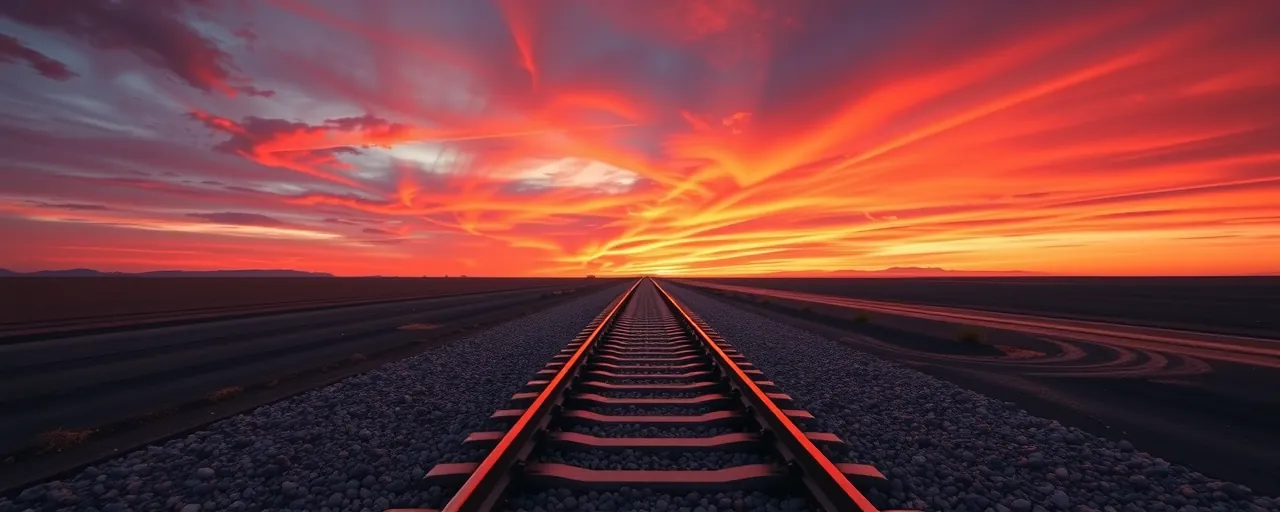A Vision at a Crossroads
California’s dream of a high-speed rail connecting San Francisco to Los Angeles captured imaginations when voters approved it in 2008. The plan promised trains racing at 220 miles per hour, slashing travel times and easing gridlocked highways. Seventeen years later, the project lingers in limbo, with only a fraction built and costs spiraling far beyond the original $33 billion estimate.
The Trump administration’s recent move to block federal funding for the Los Angeles-to-San Francisco line has deepened the project’s woes. Now priced at over $100 billion, the California High-Speed Rail Authority faces a steep financial climb. Construction continues in the Central Valley, but the broader goal feels distant, raising questions about whether the state can deliver.
This struggle extends beyond California. Across the United States, infrastructure projects grapple with similar challenges: ballooning budgets, political rifts, and debates over public versus private funding. The rail’s trajectory offers a glimpse into the nation’s ability to build for the future.
Skyrocketing Costs, Shrinking Funds
In 2008, voters authorized $9.95 billion in bonds for a rail line expected to cost $33 billion. Today, the full 520-mile project carries a price tag exceeding $100 billion, with some projections hitting $128 billion. The Central Valley’s 171-mile segment, linking Merced to Bakersfield, is the only active construction zone, targeted for completion between 2030 and 2033. The state has already spent $13 billion, but bond funds have run dry.
Ian Choudri, the rail authority’s new CEO, faces a mid-2026 deadline to secure financing for the next phase. With $3.5 billion in federal stimulus funds from 2009 long spent and no new federal grants in sight, Choudri is courting private investors. He offers state-backed repayment guarantees, but convincing investors to bet on a delayed project with no revenue stream proves challenging.
Similar hurdles plague high-speed rail efforts nationwide. A $205 billion national rail proposal stalled in Congress, and cost overruns haunt other states’ transit plans. The debate centers on whether public funds should drive such projects or if private capital and passenger fares can sustain them.
Weighing the Arguments
Supporters, including many Democratic lawmakers, view the rail as essential for reducing emissions and boosting economic opportunity. They highlight $32 billion in cap-and-trade revenue invested so far and argue that high-speed rail could unclog highways, create jobs, and anchor a greener future. Proponents compare it to transformative projects like the interstate highway system.
Opponents, including Republican lawmakers and budget analysts, question the project’s viability. They point to costs tripling and doubt ridership forecasts, advocating for investment in roads or local transit instead. Some call for a federal audit, citing mismanagement, and propose a public vote to rethink or abandon the project.
Californians remain divided. While 82 percent of Democratic voters support the rail, overall public backing has softened as costs rise and timelines stretch. Central Valley residents, whose land is disrupted by construction, express frustration, while urban commuters still hope for a faster connection between cities.
A National Challenge
California’s rail saga mirrors broader infrastructure struggles in the United States. The 2021 Infrastructure Investment and Jobs Act allocated $66 billion for passenger rail, but the American Society of Civil Engineers warns of a $9.1 trillion need over the next decade to repair roads, bridges, and transit systems. Lengthy permitting, political standoffs, and neglected maintenance slow progress, even as private investment grows.
Federal funding has long shaped state projects. The 1956 Highway Act spurred the interstate system, but recent decades show inconsistency. Trump’s 2019 push to retract rail grants, Biden’s reinstatement of those funds, and the current funding halt illustrate how federal decisions ripple. States like Washington, owed $356.5 million in federal funds, turn to loans or bonds to stay afloat.
Partisan divides complicate matters. Since the 1990s, infrastructure has become a political lightning rod. Democratic lawmakers often prioritize rail for environmental benefits, while Republican lawmakers emphasize fiscal restraint and market-led solutions. The resulting gridlock delays projects and drives up costs.
The Road Forward
California’s high-speed rail faces a pivotal moment. Without federal backing, the state must secure billions to keep construction moving. Private investment offers a potential lifeline, but only if investors trust the project’s long-term value. For now, the Central Valley segment serves as a proving ground for the larger vision.
The rail’s outcome will reflect broader choices about America’s infrastructure. A high-speed network could reshape travel and curb emissions, but only if the nation overcomes financial and political barriers. California’s bullet train, for better or worse, remains a test of ambition against reality.
